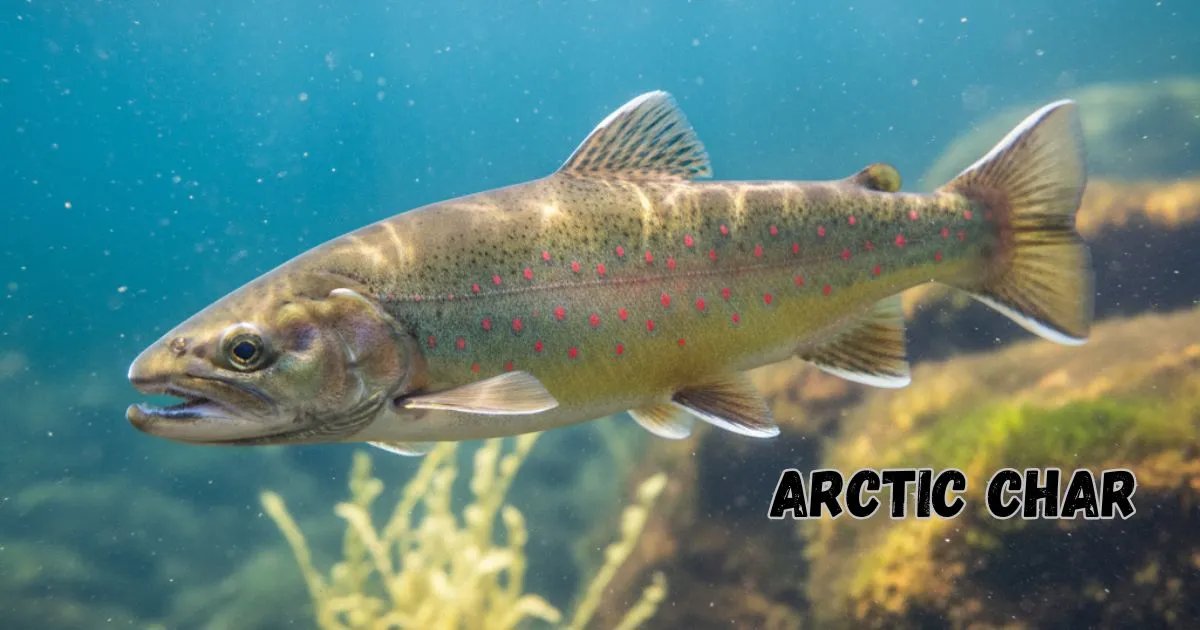So, why should you care about the Arctic char? Well, it’s not just any fish. This species, scientifically called Salvelinus alpinus, is special because it thrives in icy waters where most fish can’t survive. It’s found in the coldest freshwater lakes and coastal waters of the Arctic and subarctic regions. The Arctic char plays a big role in its environment and in the fishing industries around the world.
Understanding its helps us learn about fragile cold water ecosystems and the effects of climate change. Plus, it’s a favorite among fish lovers for its tasty flesh and unique colors. Ready to learn more about this incredible fish?
Basic Biology of Arctic Char
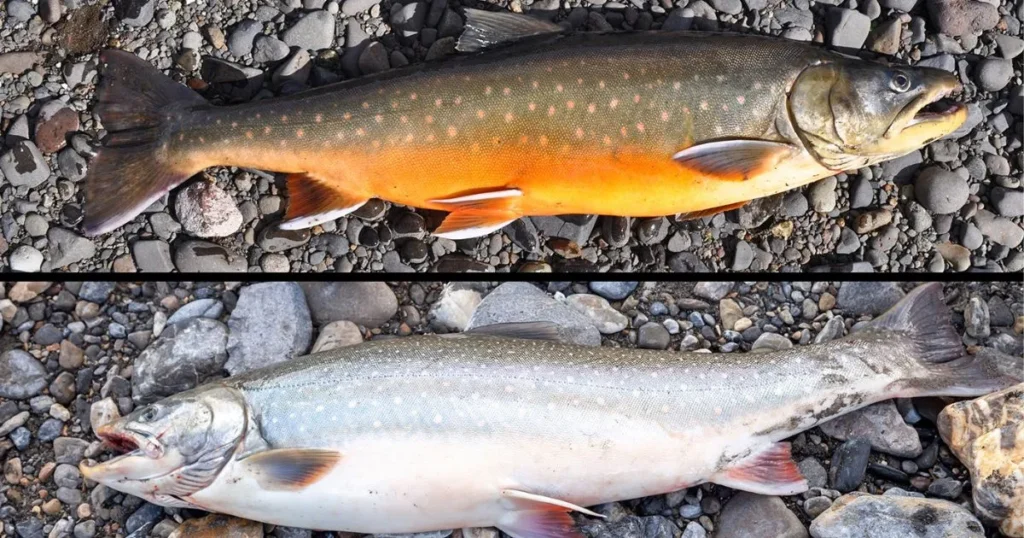
Arctic char looks quite cool! It usually has a dark back, shiny silver sides, and a white belly. When it’s time to catch a mate, the males show off bright red or orange colors pretty flashy for a fish in freezing water. Interestingly, there are different types, or morphs, of that fish with various shapes and sizes. Some live their whole lives in freshwater, while others migrate to the ocean before returning to freshwater to spawn.
They grow slowly and can live a long time, sometimes up to 40 years! Most these fishes start having babies when they are about 8 to 15 years old. Their ability to adapt to different habitats makes them one of the most interesting cold water fish species out there.
Habitat and Distribution
That fish lives across northern regions like Canada, Alaska, Greenland, Iceland, northern Europe, and parts of Asia, inhabiting deep lakes, rivers, and cold coastal waters.
One of the coolest things about that fish is its adaptability. Some types live in super cold lakes deep in the Arctic, while others swim between the ocean and lakes. However, climate change is starting to change their habitats. Warmer waters and melting ice are forcing some populations to move or adapt quickly to survive.
There are even isolated groups living in hidden places like remote mountain lakes where they’ve evolved in unique ways. These distant populations show just how flexible and amazing this fish really is.
Ecological Role and Interactions
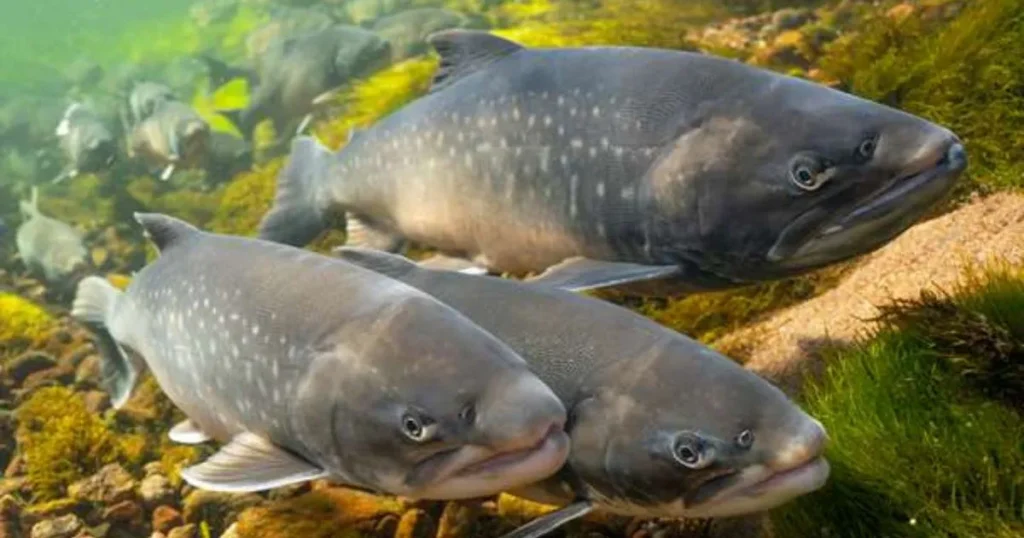
Now, why is the that fish is important? Besides looking pretty, this fish is a key player in its ecosystem. It eats insects, smaller fish, and plankton and, in turn, becomes food for bigger animals like birds, seals, and humans.
Arctic char also competes with other fish like trout and salmon for space and food. These interactions help keep ecosystems balanced. Some scientists even watch Arctic char populations to understand how healthy the ecosystem is because their presence shows good water quality.
They also have interesting relationships with parasites and other small creatures. These interactions, while small, affect the balance of life in their watery world.
Reproductive Behavior
Let’s talk about how Arctic char make babies. During spawning season, which usually happens in the cool months, males become very colorful to attract females. They look for gravel beds in freshwater where they dig nests. The female lays eggs in these nests, and males fertilize them.
Once the eggs are laid, they incubate under the ice until they hatch, sometimes taking several months. This process is delicate, and environmental changes like warmer temperatures or pollution can affect the eggs’ survival.
You might wonder, “Do all Arctic char migrate to spawn?” Not really. Some fish make long journeys to the ocean and back, while others stay put in the freshwater lakes where they were born.
Arctic Char in Human Cultures
Humans have treasured Arctic char for centuries. Indigenous communities living in the Arctic have fished Arctic char not just for food but also for cultural traditions. This fish is a symbol of survival in harsh climates.
Today, Arctic char is also popular in fishing sports and commercial fisheries. Its rich, flavorful meat is sought after by chefs and food lovers worldwide. But with growing demand comes responsibility. Fisheries have to manage stocks carefully to make sure these fish can keep thriving.
Sustainable fishing and aquaculture (fish farming) are helping meet demand while protecting wild populations. People from all around the world are recognizing the value of this cold water char.
Read More: Everything You Need to Know About Butterfly Betta Fish
Conservation and Threats
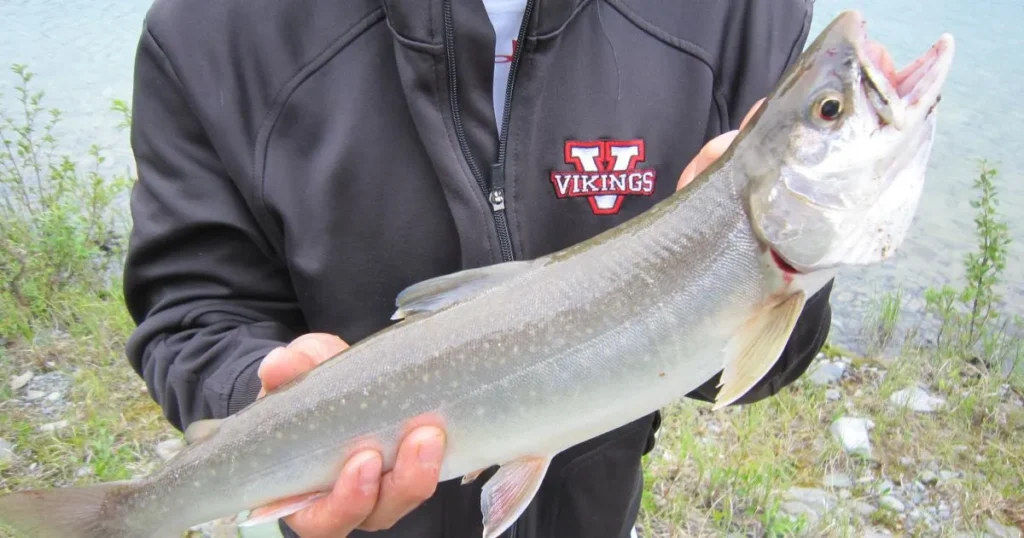
But it’s not all smooth sailing for the Arctic char. There are growing threats that could harm this species. Climate change is warming waters and reducing suitable habitats. Pollution from mining and industry also affects water quality.
Another problem? Invasive species that compete with or prey on Arctic char. These new species can disrupt the delicate food webs and threaten local populations.
Conservation programs are working hard to protect these amazing fish. Efforts include monitoring populations, protecting spawning grounds, and promoting sustainable fishing. But much more needs to be done to ensure Arctic char remains a part of our world.
Arctic Char in Aquaculture
Because Arctic char is so valuable, fish farmers have figured out ways to raise them in controlled environments. Aquaculture allows for a steady supply without putting too much pressure on wild populations.
Farming Arctic char comes with challenges, like maintaining water quality and avoiding diseases. However, it’s a growing industry that offers fresh, healthy fish in many markets.
People are also exploring new methods to farm Arctic char more sustainably, using technology to mimic natural conditions and keep fish healthy and happy.
Scientific Insights & Future Research
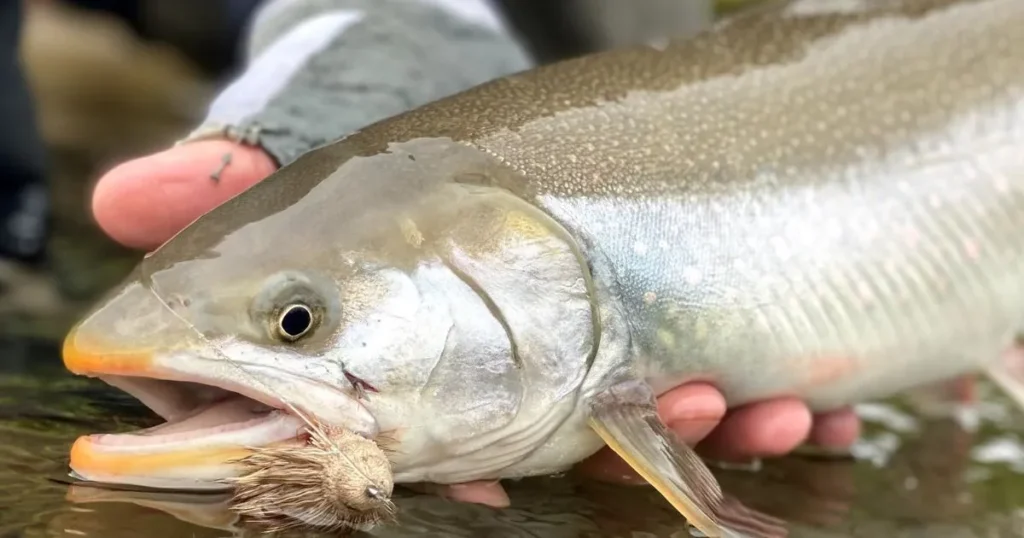
Scientists are fascinated by Arctic char because it helps us understand how animals adapt to extreme environments. New research is uncovering details about its genetics, behavior, and responses to environmental changes.
There’s still a lot we don’t know, like how some isolated populations have evolved or how quickly Arctic char can adapt to rapid climate shifts. Technology like DNA sequencing and underwater tracking is helping researchers solve these mysteries.
Imagine a future where we can protect Arctic char better by knowing exactly where they go, what they eat, and how they survive changing conditions!
FAQs
Why is Arctic Char declining in certain regions?
In some areas, warmer temperatures and habitat loss have reduced suitable living conditions for Arctic char. Pollution and invasive species also play roles in population declines.
What can consumers do to support sustainable Arctic char fisheries?
Buy Arctic char from certified sustainable sources. Support conservation efforts and learn about the fish to spread awareness.
What kind of fish is Arctic char?
Arctic char is a cold water fish related to salmon and trout. It inhabits northern freshwater lakes and occasionally the ocean, particularly in Arctic and subarctic regions. It’s known for its beautiful colors and ability to survive in very cold waters.
Where does Arctic char live?
Arctic char inhabits cold lakes, rivers, and coastal waters across northern regions such as Canada, Alaska, Greenland, Iceland, and northern Europe. Some migrate between freshwater and the ocean, while others remain in lakes.
How does Arctic char reproduce?
During the spawning season, usually in the cold months, male Arctic char become brightly colored and build nests in gravel beds. Females lay eggs there, which the males fertilize. The eggs stay under the ice until they hatch in several months.
Is Arctic char safe and good to eat?
Yes! Arctic char is considered a tasty and healthy fish. It’s popular in cooking for its rich flavor. Just make sure to buy Arctic char from sustainable sources to help protect wild populations.
What threats does Arctic char face?
Arctic char faces threats from climate change, pollution, and invasive species, which can harm their habitats and food supplies. Conservation efforts are crucial for protecting this species for the future.
Conclusion
The Arctic char is more than just a cold water fish; it’s a symbol of adaptation, a crucial part of northern ecosystems, and a beloved resource for people worldwide. Understanding its biology, habitat, and challenges allows us to appreciate its value and the urgent need for conservation.
